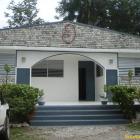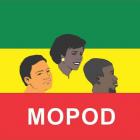ADVERTISEMENT
Photos
Day of the Dead in Haiti or Gede
Gede is celebrated in Haiti on the occasion of the Day of the Dead, November 2. It is said that the "Gede" or Baron Samdi is the guardian of the cemetery, he is a master, one of the great minds in Haitian voodoo. Baron Samdi represents both Life and Death. Its colors are white, black and purple
All Saints Day, November 2nd, is known as the Day of the Dead in Haiti. Voodoo believers spend the month of November paying homage to Baron Samdi, god of the dead.
Voodooists visit cemeteries to pray to Samdi and spirits of their dead relatives. They adorn graves with fresh flowers and light candles, and then feast on the food and drink they have brought with them, dancing until dawn at Voodoo temples.
Institute for Rehabilitation Gérard Léon in Bon Repos
Free Care at Haitian Institute for Rehabilitation
Responding to the UN Convention on the Rights of Persons with Disabilities the Minister of Health reminds Haitians the Gerard Leon Haitian Institute for Rehabilitation in Bon Repos provides free services to all.
The clinic is open Monday to Friday 8:00 am to 4:00 pm. Its services include occupational and audio speech therapy, orthotics and prosthetics devices, ambulatory care, psychology and social assistance. It runs a program to integrate those suffering with disabilities into the general population.
Haitian Voodoo Misconception, Human Sacrifice
The idea of human sacrifice is a myth and goes against the moral code in place in Voodoo Religion. Voodoo religion does not believe in harming others. The myth was passed on due to the secret aspect of Voodooism which arose from people having to sneak around in order to practice it
Four Myths about Voodoo
1. Voodooists participate in human sacrifice was perpetuated by Haitian Consul Sir John Spenser, who created the myth in a book.
2. Voodoo dolls are meant to hurt others. Real Voodoo dolls are used to represent the loa gods, a way to communicate with the spirits of the dead.
3. Voodoo is a satanic practice. Voodoo actually has features in common with Catholicism, Buddhism, and Hinduism.
4. Voodoo priests re-animate the dead as zombies. In Haiti the myth of zombies is used as thought control.
President Michel Martelly and Sophia Martelly in Germany
Here is a picture of President Michel Martelly and his wife Sophia Martelly as they arrive in Germany.
Martelly Discussions in Germany on Haiti Elections and Investment Opportunities
President Martelly was received by German Chancellor Angela Merkel to talk about stalled legislative and local elections in Haiti. Martelly held opposition party members and defiant senators responsible for the delay. Merkel said she hoped elections would happen soon.
Martelly also met with Hugo Kramer, Chairman of Chambers of Commerce and Industry to promote investment opportunities in Haiti's tourism, infrastructure, and agriculture sectors. Kramer said a delegation would visit Port-au-Prince next year to examine investment possibilities.
Heineken committed to buying locally sourced sorghum in Haiti
A decision that will create more jobs in Haiti. Heineken has made the commitment to buy locally sourced sorghum in Haiti.
Heineken SMASH Program Increases Sorghum Production Yields 100%
Heineken's new sustainability strategy considers local sourcing a key component of its success. It has begun locally sourcing sorghum in Haiti through the Smallholders Alliance for Sorghum Haiti (SMASH) initiative.
SMASH's funding arm, Brasserie Nationale d'Haiti S.A. (BRANA), a Heineken division, created in 2012 after a buyout of minority shareholders, has poured $3.4 million into locally-sourced sorghum. Haitian peasants' sorghum yields are up 100% and their incomes have increased almost 100% too.
Michel Martelly hosted by German Chancellor Dr. Angela Merkel
Here is the President of the Republic, Michel Martelly as he was in Germany on October 29, 2014. He was hosted during his visit by German Chancellor Dr. Angela Merkel
Germany Shows Investment Interest in Haiti
President Martelly made a state visit to the House of German Economy for a working lunch. He was accompanied by Minister of Trade and Industry, Wilson Laleau, and Minister of Foreign Affairs, Duly Brutus.
He promoted the investment opportunities in the Haitian sectors of tourism, infrastructure, and agriculture to German entrepreneurs gathered.
President Hugo Kramer of the German Chambers of Commerce vowed he would send a delegation in 2015 to Haiti to investigate investment opportunities.
List of the ten most remarks Young Persons in 2013
List of the ten most remarks Young Persons in 2013
Alexandra Vanessa Destin Pierre : Moral leadership environment
Benoucheka Pierre : Medical innovation ;
Bernard Junior Joseph : Leadership in education ;
Esdras Metayer : Achievement business, economic
Jean Danio Cerazeme : Contribution to children's rights,human rights;
Jean Paul Charles Coutard : Scientific technological dev.
Jean Tholbert Alexis: Political Affairs legal and/or governmental
Jimmy Germain : Humanitarian leadership and/or volunteer ;
Samyr Laine : Progress or personal fulfillment ;
Sébastien Pierre : Cultural achievements.
Haiti's Junior Chamber International (JCI) has partnered with Digicel to honor the top 10 outstanding Haitian youth. The winner, Jean Paul Coutard, won in the Scientific and/or Technological Development category. He will compete at the international competition next year.
The event held at Hotel Montana conference center was also attended by local and state officials. JCI President Jude Jacques emphasized ". . . by recognizing these young people, JCI Haiti encourages them to seek excellence and serve humanity"
Michel Martelly, paid tribute at Fort de Joux - Toussaint Louverture
Here is a picture of the Haitian President Michel Martelly on October 31, 2014 in France as he was paying tribute at Fort de Joux to the Haitia Hero Toussaint Louverture.
Martelly Honors Memory of Louverture
President Martelly is the first Haitian head of state serving, who has ever visited the cell of General Toussaint Louverture at Fort de Joux, who died nine months before Haiti's liberation in January 1804.
Louverture has been honored with symbolic, commemorative, and institutional remembrances ever since his death.
President Martelly has called Louverture Haiti's "black Spartacus". First Lady Sophia described Louverture as ". . . one of the greatest humanists the world has ever known."
Haitian Flag side by side with German Flag, a reminder of Luders Affair
Here is a picture of the Haitian Flag flying in Germany on October 29, 2014 side by side with the Germain flag. This took place during a visit of President Michel Martelly to Germany.
Today, we can all be proud of this. As you can see, the Haitian Flag flying very high there. This is of historical proportion. The Haitian Flag has not always been given this high respect by some Germans. We need to go back in history to December 6, 1897 and read Luders Affair to understand the issue between Haiti And Germany.
Germany bullied the tiny island of Haiti in 1897 in an incident called the Luders Affair, which began when Germany became insulted by Haiti pledging its allegiance to Germany's enemy in the French-Prussian war. Germany began its campaign of humiliation by coercing Haiti to start repaying its debts to German merchants, easily accomplished since Germany held Haitian warships hostage until Haiti's debts were cleared. When the Germans finally returned the warships they had desecrated the Haitian flags with feces.
But the Germans weren't done punishing Haiti yet. A Haitian-German, Emil Luders, was arrested on Haitian soil and convicted, sentenced to 30 days in jail for assault and battery on a Haitian soldier. Luder appealed his conviction and his sentence was extended a year beginning October 14, 1897. Infuriating Germany's Charge d'Affaires, Count Schwerin, he ordered Luders be released immediately, also demanding President Simon Sam pardon Luders.
It got worse for Haiti. Two of Germany's warships, the Charlotte and the Stein, sailed into Port-au-Prince harbor, demanded a 21-gun salute without giving one in return, and extracted $20,000 in ransom money for Luders, and a vow he be allowed to return home. Schwerin also wanted an official letter of apology from the Haitian government. If these conditions were not fulfilled within four hours the German warships would bomb the harbor. The Haitian government had no time to seek foreign aid, so it was forced to fly a white flag at half-mast to indicate its compliance with Germany's demands
Read Luders Affair here:
haitiobserver.com
Haitian Voodoo Misconception about Voodoo Dolls
Haitian Voodoo does not practice striking pins into a doll to cause arm. The only dolls used in Voodoo are the ones found on altars and in graveyards representing the loas (Voodoo gods or spirits). These dolls act as lucky charms, not tools of vengeance, and are used to bless individuals, not curse them
Voodoo Myths Malign Religion's Authenticity
To the world one of the biggest misconceptions about Haiti is its practice of Voodoo. It has only been since the 2000s the Haitian government finally recognized Voodoo as a legitimate religion. Many myths have persisted about the nature of its belief system, and it is important to shed light on a religion sharing characteristics with many of the world's most practiced religions. Here are four main myths that obscure the true character of Voodoo.
1. Voodoo dolls. A made-up term, the dolls are said to be used to inflict pain on a victim by sticking pins into it. But the truth is harming others goes against Voodoo's code of ethics. Voodooists use good luck dolls they nail to trees in graveyards to communicate with the spirits of the dead.
2. Voodoo priests can re-animate the dead. Hollywood became enamored with Voodoo in the 1930s, producing movies about zombies, the undead, who were evil-doers. The truth is Haitian plantation owners gave slaves potions producing comatose-like states to work them harder, and rumors spread they were the living dead.
3. Voodooists practice human sacrifice. Consul to Haiti, Sir Spenser St. John, exploited the practice of Voodoo when he wrote the entirely fallacious Hayti: or the Black Republic in 1889, misrepresenting the facts of the religion.
4. Voodoo is evil incarnate. Voodoo has been misconstrued as a variant of Satanism, and this has been due to Hollywood's over-sensationalism of it. The truth is Voodoo shares similarities with Hinduism, Shintoism, Catholicism, and Buddhism.

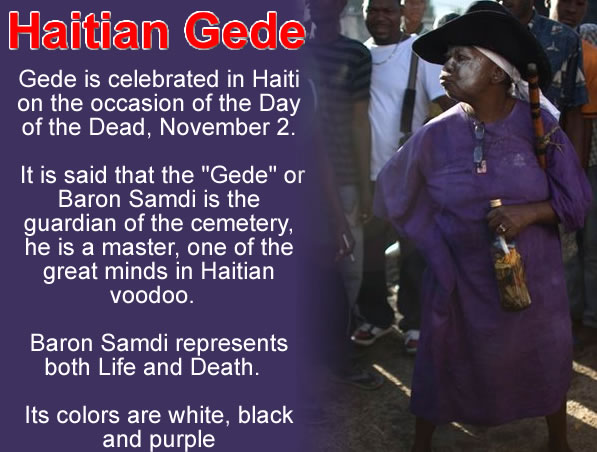

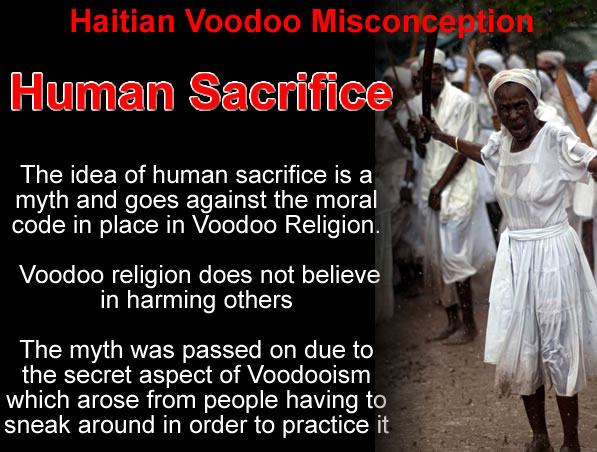


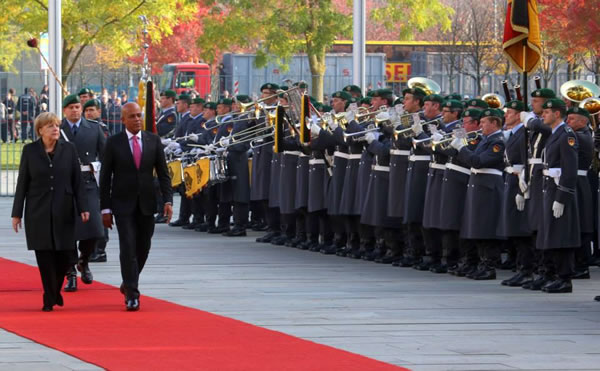

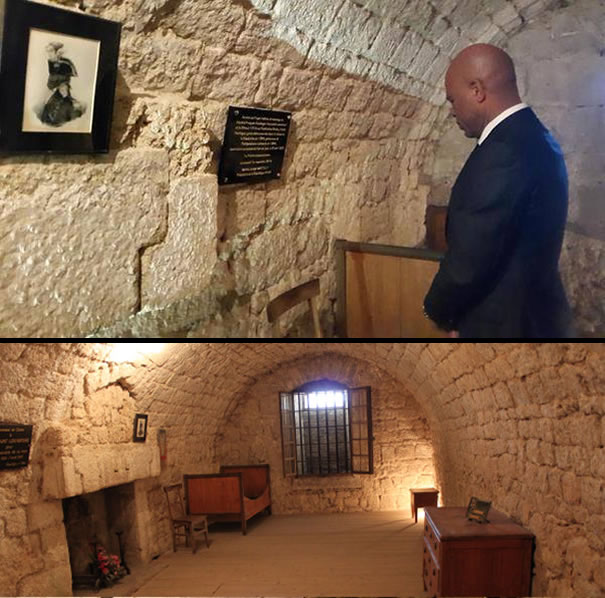
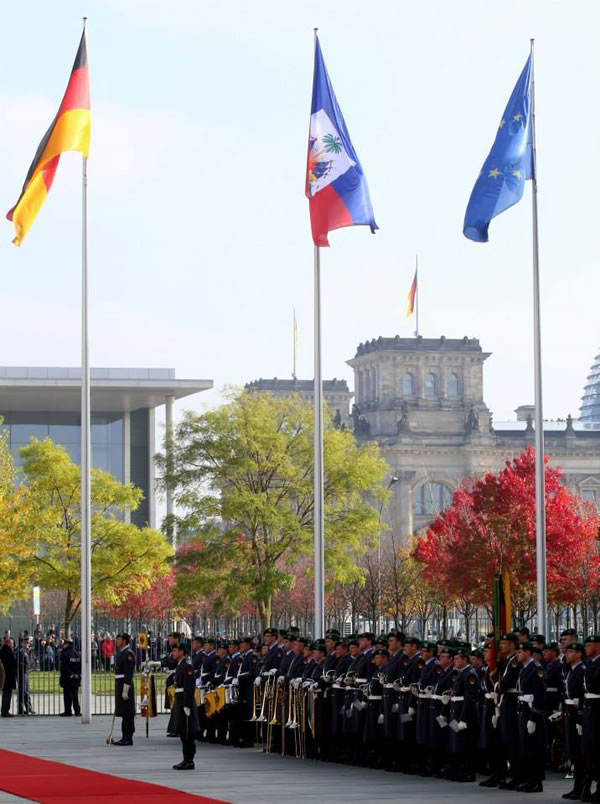
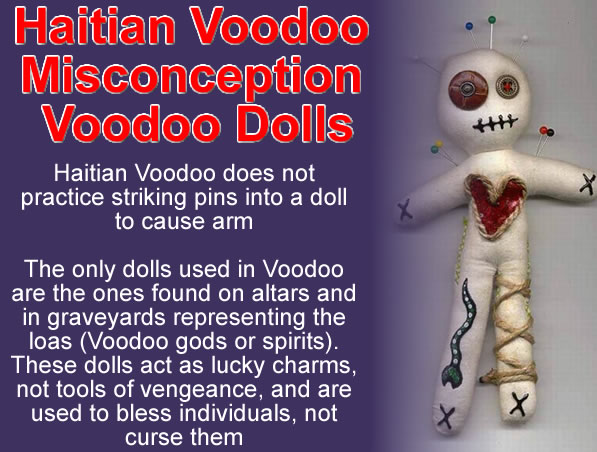
 Hilton Garden Inn in Port-au-Prince Louverture Airport
Hilton Garden Inn in Port-au-Prince Louverture Airport 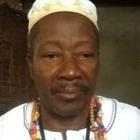 Ougan Alcenat Zamor eli nouvo Nasyonal ati
Ougan Alcenat Zamor eli nouvo Nasyonal ati  Who will be the next president of Haiti?
Who will be the next president of Haiti?  Philippe Vorbe entered world football Hall of Fame, CONCACAF
Philippe Vorbe entered world football Hall of Fame, CONCACAF  Partial list of privileges enjoyed by Government officials in...
Partial list of privileges enjoyed by Government officials in...  Port-au-Prince on fire over gas prices hike
Port-au-Prince on fire over gas prices hike  Jean Henry Céant deposited documents in Parliament for...
Jean Henry Céant deposited documents in Parliament for...  The Petro Caribe Challenge hashtag
The Petro Caribe Challenge hashtag 
